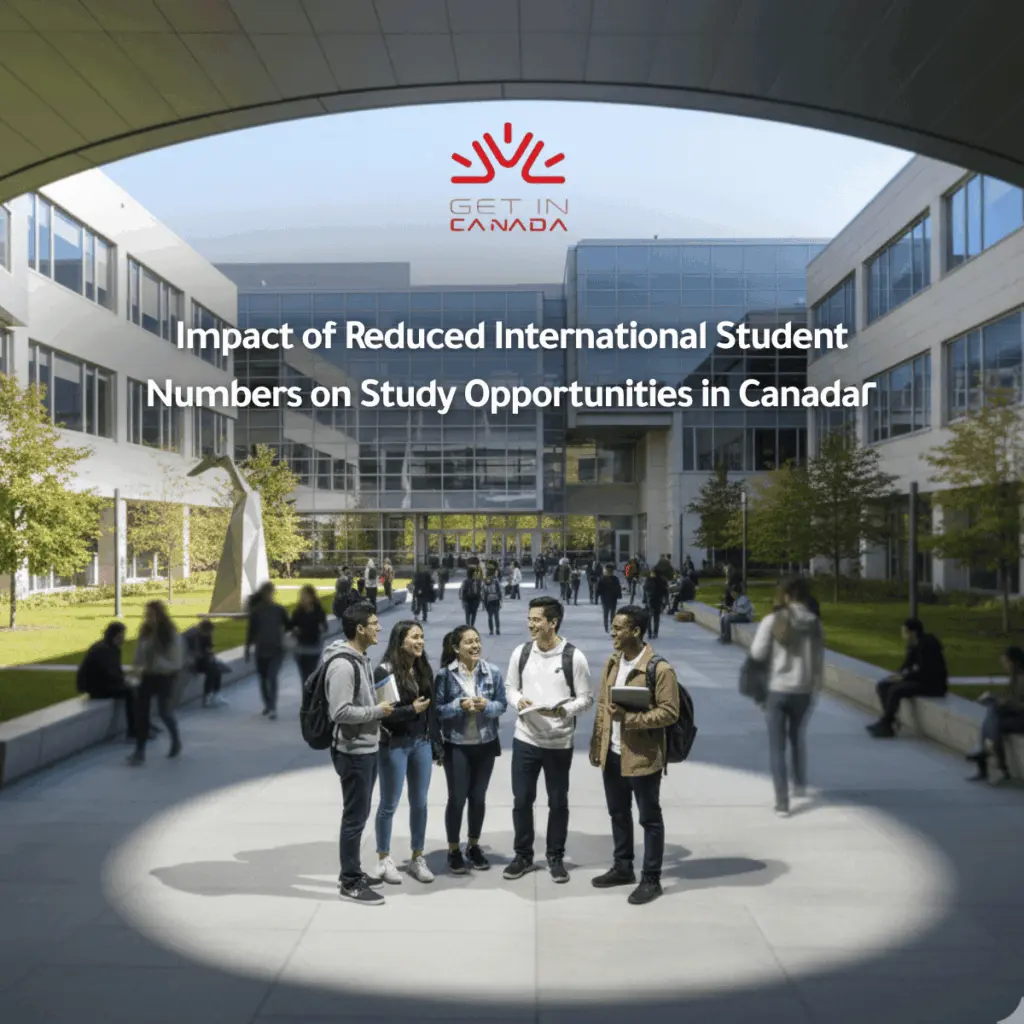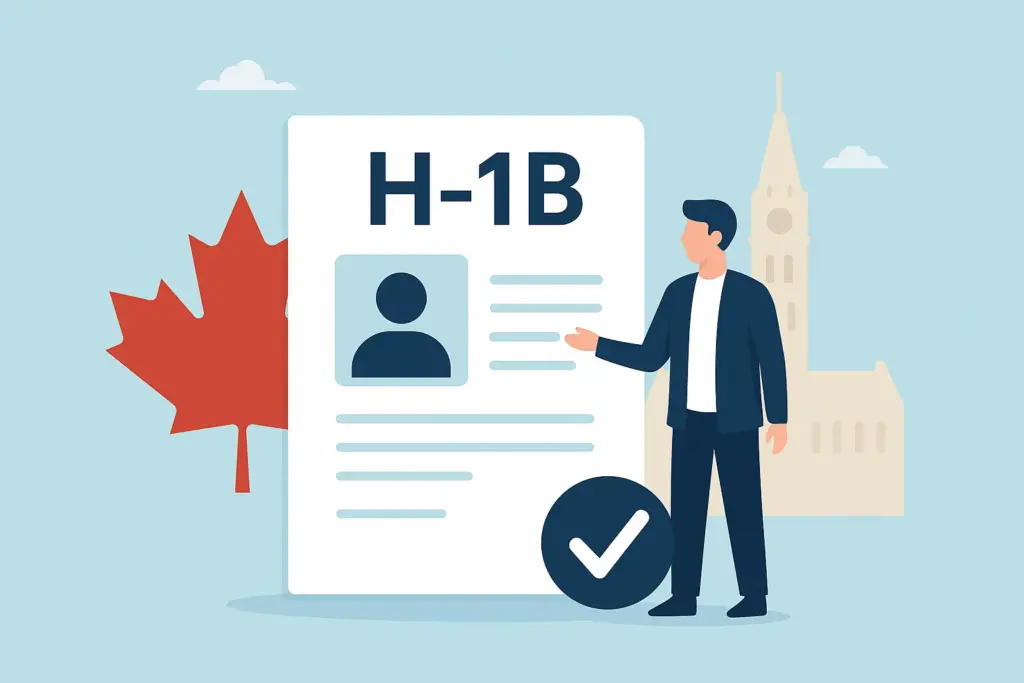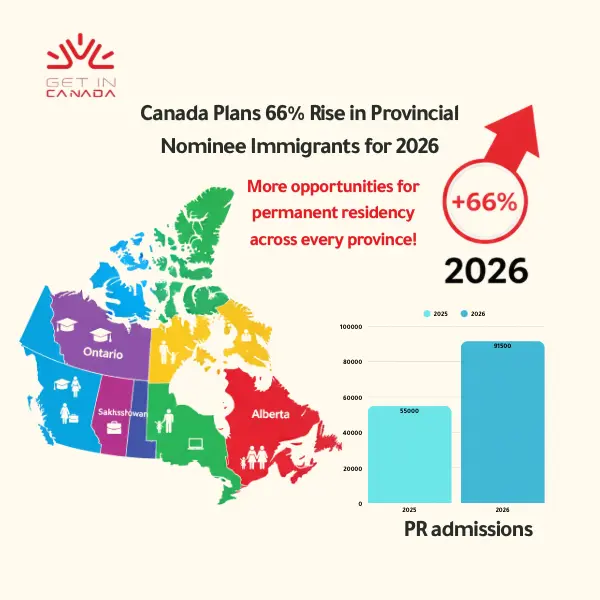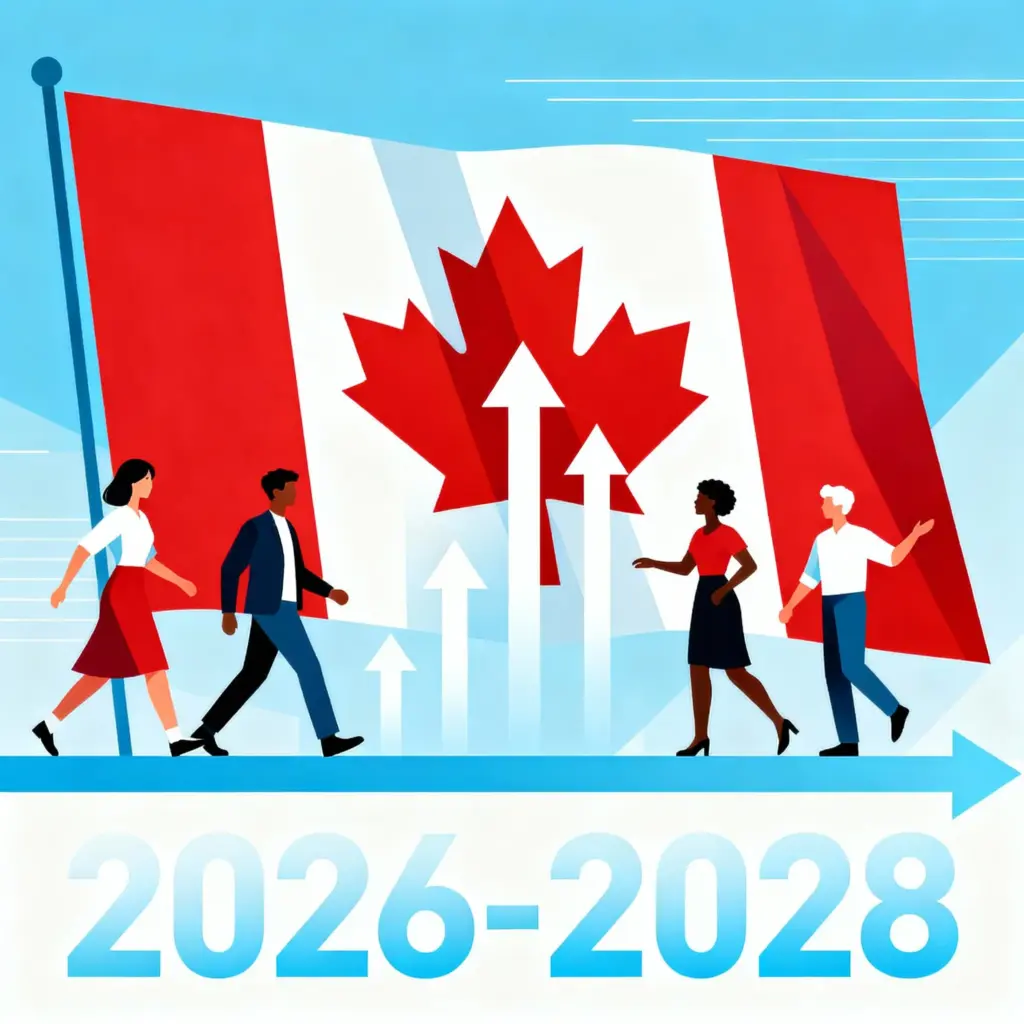Canada Aims to Boost Francophone Immigration with More Express Entry Draws by 2029
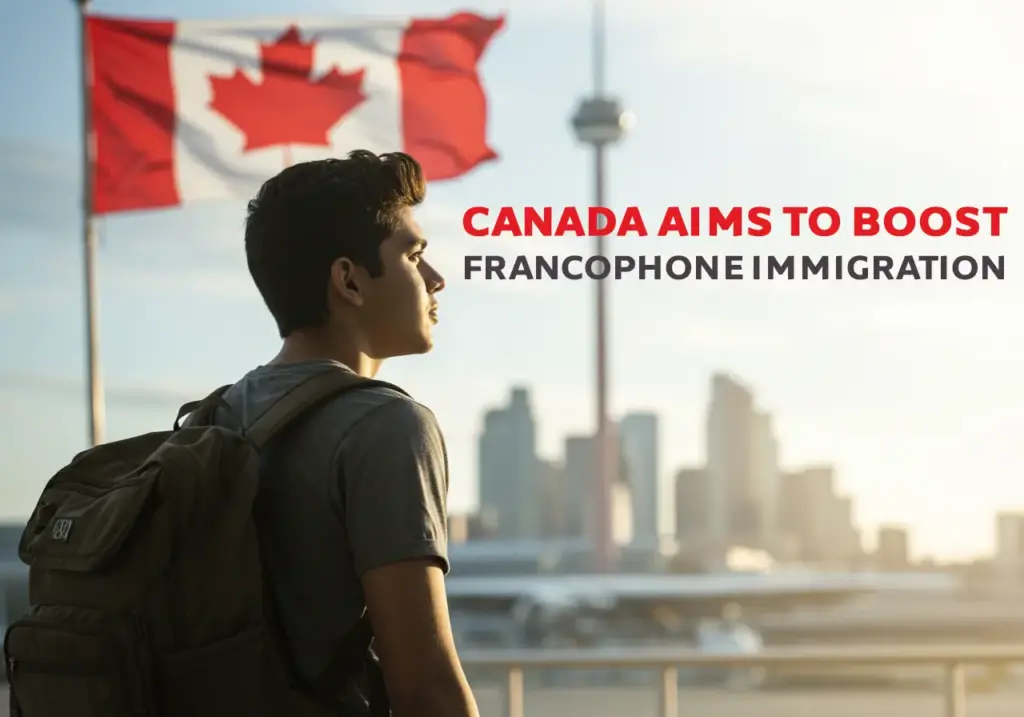
Canada just announced a major shift in its Express Entry strategy, aiming to raise the proportion of French-speaking permanent residents to 12% by 2029, up from approximately 8.5% in 2025. Revealed on June 2, 2025, by the new Immigration Minister Lena Metlege Diab, this strategic move marks a turning point for Francophone immigrants, particularly those seeking residency outside Quebec.
Why Is Canada Emphasising Francophone Immigration
Canada historically boasted a strong Francophone presence beyond Quebec—about 6.1% of the population in 1971—but by 2021, that number fell to 3.5%, according to Statistics Canada. Low birth rates, migration to English-speaking regions, and insufficient Francophone immigration contributed to this decline.
In response, the modernized Official Languages Act and public pressure, voiced through bodies like the Fédération des communautés francophones et acadienne (FCFA), pressed the government to reverse this trend. Since 2003, around 132,195 French-speaking permanent residents have settled outside Quebec. But Canada wants more, aiming for a stronger revival.
Find out if you are eligible to get in Canada →
Updated Targets for Francophone Immigration PR Admissions
To rebuild Francophone communities, IRCC set new progressive targets:
- 2025: 8.5%
- 2026: 9.5%
- 2027: 10%
- 2029: Ambitious goal of 12%
These goals are part of the 2025–2027 Immigration Levels Plan, which includes both permanent and temporary resident targets. While FCFA pushed for 12% by 2024, IRCC opted for a phased, more sustainable trajectory.
Express Entry: French-Language-Focused Draws for Francophone Immigration
Express Entry has become the central pathway for reaching these goals:
- In 2025, 18,500 Invitations to Apply (ITAs) were issued through French-language draws — a whopping 54% of all Express Entry ITAs.
- These draws feature lower CRS cut-offs, making them easier to qualify for:
- Feb 19: 6,500 ITAs at CRS 428
- Mar 6: 4,500 ITAs at CRS 410
- Mar 21: 7,500 ITAs at CRS 379.
For comparison, non-French and PNP draws are seeing far fewer ITAs—e.g., only 277 in a June 2 draw.
Express Entry candidates proficient in French (NCLC 7+) benefit from:
- Lower CRS requirements,
- Additional CRS points (up to +50 for combined French/English skills).
Francophone-Friendly Pathways to Canada
Canada isn’t relying solely on Express Entry. Several targeted programs offer complementary routes:
a) Provincial Nominee Programs (PNPs)
- Provinces such as New Brunswick, Manitoba, and Nova Scotia have established Francophone streams.
- In 2023, 24% of all French-speaking PRs outside Quebec entered via PNP—New Brunswick alone accounted for 70%.
b) Francophone Community Immigration Pilot
- Pilot launched Jan 30, 2025, covering 18 rural Francophone-minority communities across Canada.
- Skilled workers receive PR via local designated employers, directly addressing regional skills gaps.
c) Francophone Minority Communities Student Pilot
- Since August 2024, French-speaking students in designated post-secondary institutions can access settlement support and a direct route to PR.
d) Francophone Mobility Program
- Expanded in June 2023 through mid-2025, allowing Francophone candidates to work without LMIA in most occupations outside Quebec.
- Requires moderate French (NCLC 5) and yields additional CRS points from work experience.
2025-2027 Immigration Levels Plan & Resources
The 2025–2027 Levels Plan anticipates:
- 673,650 new temporary residents in 2025 (study/work permits).
- A strategic reduction in temporary resident share to 5% of the population by 2026.
- Francophone PR targets integrated into this framework, highlighting Canada’s effort to balance growth with sustainability.
Funding has increased – e.g., a $9.3M federal investment supports newcomer recruitment, settlement services, Francophone community projects, and retention programs.
Why This Matters: Culture, Economy & Demography
🔹 Cultural Revitalization
Rural Francophone communities outside Quebec face population decline and assimilation. Growing Francophone immigration boosts language vitality, preserves heritage, and supports community services.
🔹 Economic Benefits
French-speaking immigrants bring essential skills to key sectors like education, healthcare, early childhood, and trades. Local employers gain access to a bilingual labor force, driving regional growth .
🔹 Demographic Balance
Canada aims to restore Francophone numbers outside Quebec to the 1971 level of 6.1%, reversing a deep demographic shift.
What French-Speakers Should Do Next
If you’re French-speaking and want to immigrate to Canada, here’s how to capitalize on the current policies:
- Take approved French tests (TEF Canada or TCF Canada).
- Aim for NCLC 7+ to maximize Express Entry prospects.
- Create or update your Express Entry profile early.
- Explore Francophone-specific PNP streams (New Brunswick, Manitoba, Nova Scotia).
- Check eligibility for the Francophone Community Pilot—apply through job offers from designated communities.
- Apply through Mobility Program for in-Canada work without LMIA.
- Keep updated on program deadlines and quotas – 2025 dates are critical!
Your Road as a French speaker to Canada 2029
Canada’s phased approach—8.5% (2025) → 9.5% (2026) → 10% (2027) → 12% (2029)—is intentional, balancing ambition with capacity and integration needs More French-targeted Express Entry draws are expected throughout 2025–2026. Early action is essential—waiting may mean missing out as competition rises.
Book Your Consultation Session →
Canada’s Francophone Immigration Strategy at a Glance
| Objective | Strategy | Timeline |
| Raise Francophone PR share (outside QC) | French-focused Express Entry draws | 2025–2029 |
| Support rural Francophone growth | Community and Student Pilots | Launched 2024–2025 |
| Attract bilingual skilled workers | Expanded Mobility Program | Through mid-2025 |
| Promote sustainability | Phased PR targets, funding for integration | Reaching 12% by 2029 |
2025 marks a bold moment for Francophone immigration to Canada—especially outside Quebec. With lower CRS thresholds in Express Entry, new pilot pathways, and meaningful investment, French-speaking candidates have unprecedented opportunities.
Whether you’re a skilled worker, student, or professional bilingual or proficient in French, now is the ideal moment to plan your Canadian journey. The path to permanent residency is more accessible, clear, and structured than ever—if you act quickly and strategically.



